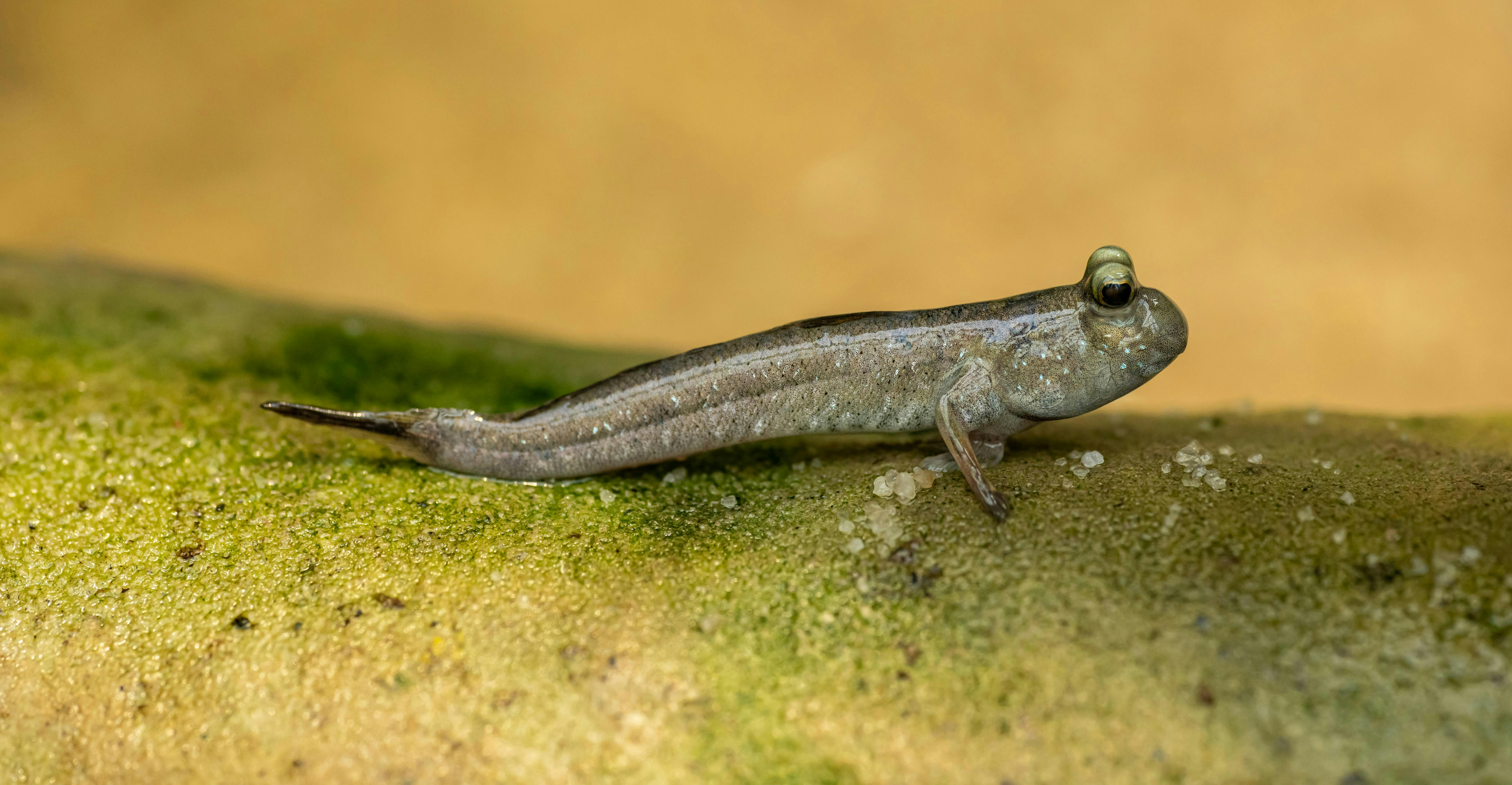The answer is yes, some fish can breathe air. In fact, a few species can even survive on land, proving that it is not always bad to be a fish out of water.
The northern snakehead (Channa Argus) is a carnivorous invasive fish native to China, Russia, and Korea. This fish can breathe air and survive up to four days on land. It can survive even longer out of the water when the environment is moist or muddy. How does this fish get on land? It “walks” by wriggling its body along the ground. This fish has been spotted in Central Park in New York City. Just imagine seeing a three feet long fish wriggling across the ground - freaky.
The climbing perch (Anabas testudineus) is native to Southeast Asia. In addition to gills, this fish has lungs similar to humans, which allow it to breathe air on land. The climbing perch can last up to six days out of the water, but has been known to hibernate for as long as six months in muddy environments. In addition it can move across dry land, climb trees (hence its name), and choke birds and other fish. Seemingly nothing can stop this fish - it can survive in both fresh and salt water.
The walking catfish (Clarias batrachus) is also native to Southeast Asia but has been found in multiple locations across the United States, including: California, Connecticut, Florida, Georgia, Massachusetts, and Nevada. This fish gets its name from its ability to “walk” long distances on land. Similarly to the climbing perch, the walking catfish has a breathing organ that allows it to breathe air. They are able to survive on land for hours and sometimes even days. However, walking catfish can only survive out of the water when their skin is moist, which is why they normally travel on land after heavy rainfalls.
Mudskippers (Oxudercinae) are part of the goby family and can be found in the indo-pacific from Africa to Australia. They are a carnivorous fish that have adapted fins to allow them to walk, jump and climb on land in order to catch their prey. These fish actually spend almost 90% of their life out of the water and only go in to moisten their fins and gills. In fact, too much time in the water can kill a mudskipper. They breath on land through their blood capillary-rich skin and their gills. They fill their gill chambers with water, creating an oxygen tank like organ, which allows them to breath out of the water.

Beach Kids
Can fish breathe air?
Photo by:
Petr Ganaj

October 28, 2015